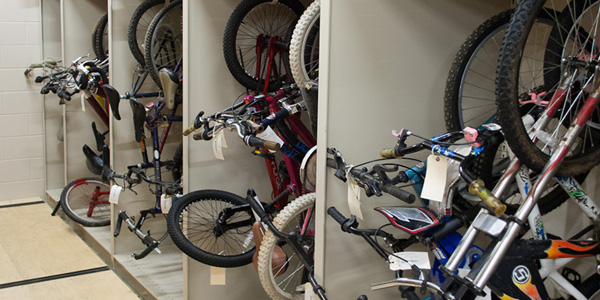Since 1992, The Innocence Project has been working to overturn convictions of wrongly convicted people. To date, they have overturned 318 convictions, 18 of which were on death row. The work of organizations like The Innocence Project along with advancements in science and technology has drastically changed the storage and handling of evidence.
In the ’70s, all of the evidence from a homicide case could fit into a banker’s box. Now, it could consist of one or more pallets of materials. In addition to the amount of evidence retained, the retention schedule has changed as well. There is no federal retention standard however over half of the states require that evidence must be retained until the individual is released or passes away.
The amount of evidence that officers collect has increased due to several factors:
- Increased sophistication of DNA testing
- The increased popularity of crime scene mock-up as a case-solving technique
- CSI Effect – due to popular TV shows like CSI, jurors are demanding more forensic evidence and are thereby increasing the burden of proof required by the prosecutor.
With all of this information, it’s not surprising that we are getting more and more requests from our Public Safety customers to help them organize and maximize their evidence storage.
Here are a few key items we keep in mind when we’re faced with an evidence storage room project:
One size doesn’t fit all
It’s not about banker’s boxes anymore. Gone are the days of throwing up some static shelving with 36” aisles in between. Officers are collecting evidence of all shapes and sizes. Car bumpers, tires, furniture, motorcycles and bicycles are just some of the oddly shaped items we’ve encountered. Here is a Blog Post about a recent evidence storage project we did for the Moore County Sheriff’s Department. They had a lot of neat stuff to store!
On-site vs. off-site
Even though the majority of evidence doesn’t get touched, it’s often not practical to store evidence off-site. Staff is thin and running back and forth to an off-site warehouse is a waste of valuable time.
Security, security, security
CALEA (Commission on Accreditation on Law Enforcement Agencies) requires that firearms be kept under a double lock. The lock on the evidence room door serves as one level of security with the other being a locked cabinet or lockable mobile shelving. In addition to CALEA standards, there are required audits of guns, drugs, money and other valuables to manage and prevent theft within the department.
With our experience and product mix, we can help our public safety customers organize and maximize their evidence storage spaces. Patterson Pope will conduct a thorough survey of items taking into account process and frequency of access and develop a plan that will not only serve their immediate needs but will allow for room for growth.












